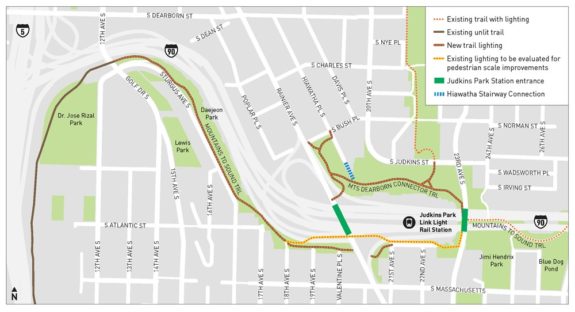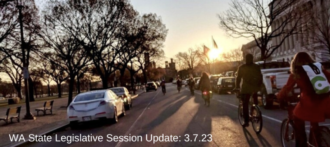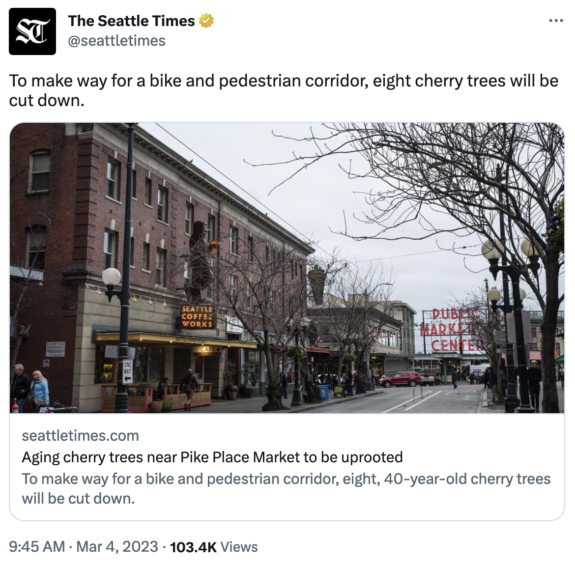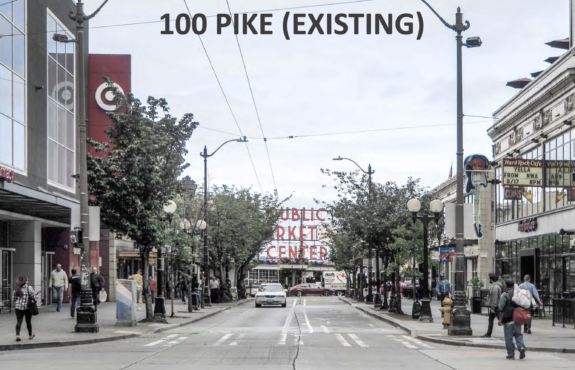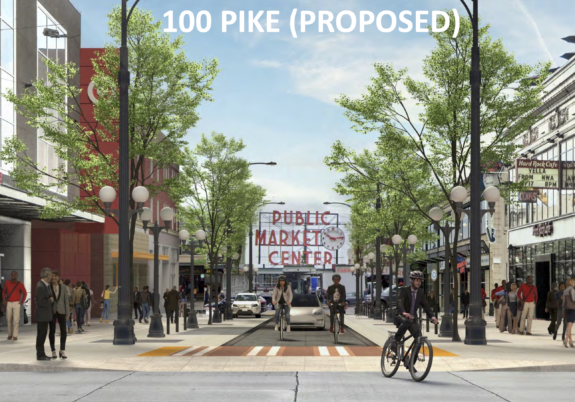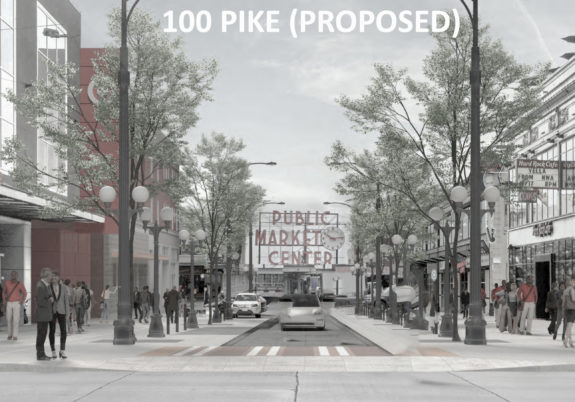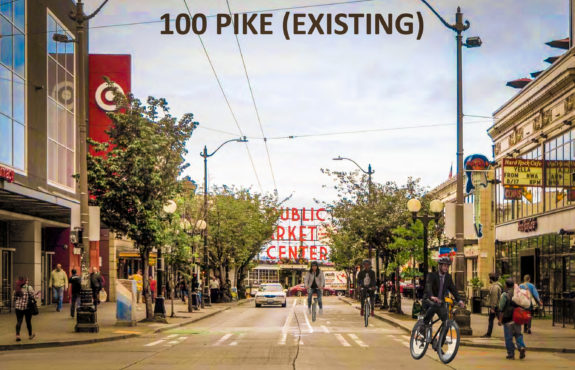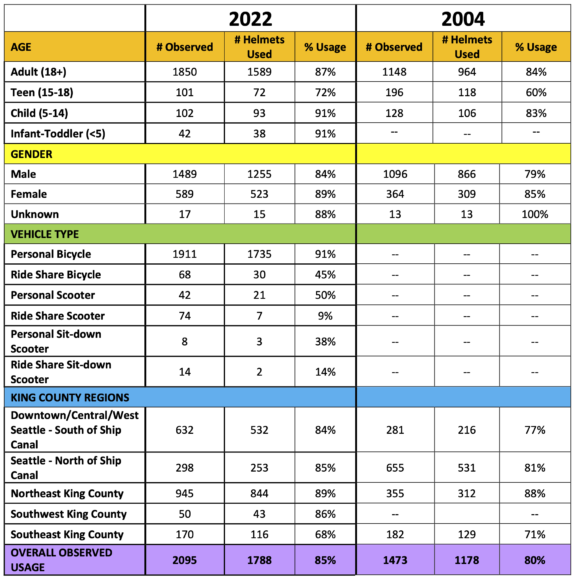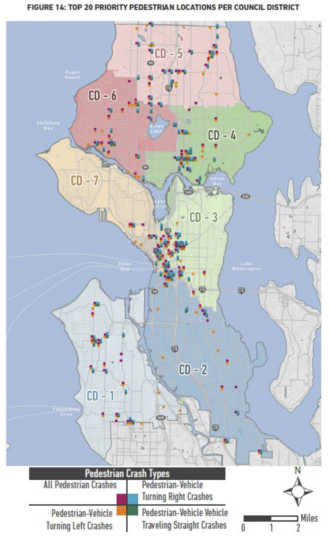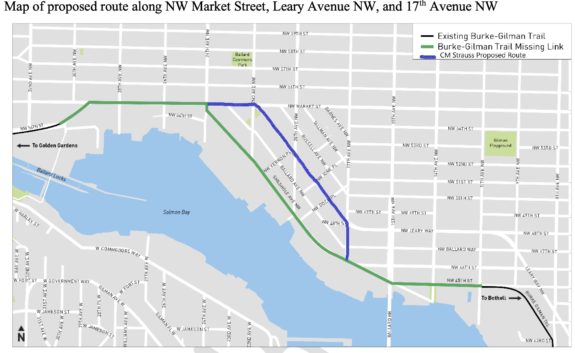 Councilmember Dan Strauss sent a letter (PDF) to Mayor Bruce Harrell asking him to shift SDOT’s Missing Link efforts to focus on designing and building a Burke-Gilman Trail connection on Market Street and Leary Way in Ballard.
Councilmember Dan Strauss sent a letter (PDF) to Mayor Bruce Harrell asking him to shift SDOT’s Missing Link efforts to focus on designing and building a Burke-Gilman Trail connection on Market Street and Leary Way in Ballard.
“I see a lot of positive attributes to bringing this trail into our businesses and multi-use core,” said Strauss in an interview. “The trail on Shilshole requires people to cross Shilshole.”
His letter comes as new legal losses have put the city’s plans for a Shilshole Avenue trail back on ice. The state’s Shorelines Hearings Board issued a “courtesy” letter (PDF) to the city and Cascade Bicycle Club letting them know that they sided with the Ballard business coalition suing to stop the trail. The letter did not specify reasons or the options for appeal, but it’s bad news for the city’s plan to build a scaled-back version of the trail connection. With the Move Seattle Levy expiring at the end of 2024, there is a sense of urgency to invest the public’s money in a timely manor rather than continue to hold the funds for an unknown period of time. So even if the Board’s decision could be successfully appealed, it would mean further delay and further court battles. It’s not clear how long the city’s elected leaders would be willing to hold that funding for the trail when there are so many other uses for it.
This is the biggest development in the Missing Link saga in years. If Strauss’s request gathers enough political momentum and favor from Mayor Harrell’s office, it could mean a brand new design process for a legitimately exciting biking and safe streets project through the commercial core of Ballard. But it may also spell doom for a trail connection on Shilshole, which is the most direct and by far the most preferred route according to feedback collected in the city’s environmental megastudy back in 2017.
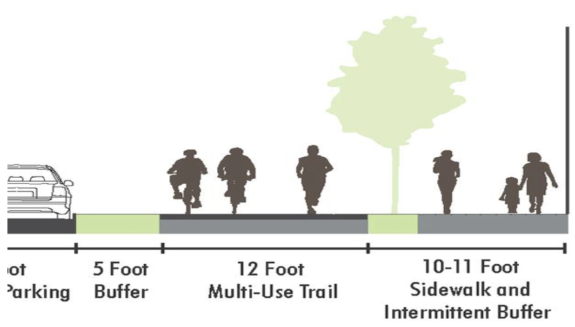 Strauss’s letter essentially calls for an extension of the trail design already on Market Street (though not technically open as a trail yet) between 24th Ave NW and the Locks. That 12-foot walking and biking trail would continue on Market, then turn down Leary and 17th Ave NW to meet back up with the Burke-Gilman Trial.
Strauss’s letter essentially calls for an extension of the trail design already on Market Street (though not technically open as a trail yet) between 24th Ave NW and the Locks. That 12-foot walking and biking trail would continue on Market, then turn down Leary and 17th Ave NW to meet back up with the Burke-Gilman Trial.
The letter itself does not officially change anything. One councilmember does not have such power. But it has a lot going for it in terms of timing and public benefit. Leary absolutely needs a safe streets update because it is a very wide and fast street through what has become a dense neighborhood. Market also needs safety improvements. In a vacuum, there is no question that this project would be great for biking and bike access to these homes and businesses. So with the city’s Shilshole trail plan somehow still not having a legal path forward, the Strauss route presents a chance for a reset. But it would be a bitter pill to swallow for many people who have fought for the Shilshole route for decades.
Cascade Bicycle Club is currently in a somewhat awkward spot. Because the Shorelines Hearings Board has yet to make their final decision, it’s not yet clear what sort of appeal options there are in that case and what the chances are of winning. It doesn’t make sense to abandon that effort unless it’s a clear loser, especially when that final decision should be coming soon. But they are generally positive on Dan Strauss’s plan, with some hesitancy.
“We’re not opposed to this option so long as it doesn’t cause any unnecessary delay to the Missing Link Shilshole route,” said Cascade Executive Director Lee Lambert.
Even if the Strauss plan does gain favor with the mayor and SDOT, there are still a ton of questions and challenges ahead. Will any business owners sue to stop it as was done on Shilshole? The city has been double-crossed on this project before, so this is a legitimate concern. Because the Leary/Market option was studied and ruled out during the environmental megastudy, does that have an impact on the city being able to build it now? And even if the trail is completed on Leary and Market, Shilshole will still be dangerous to the public and in need to safety improvements.
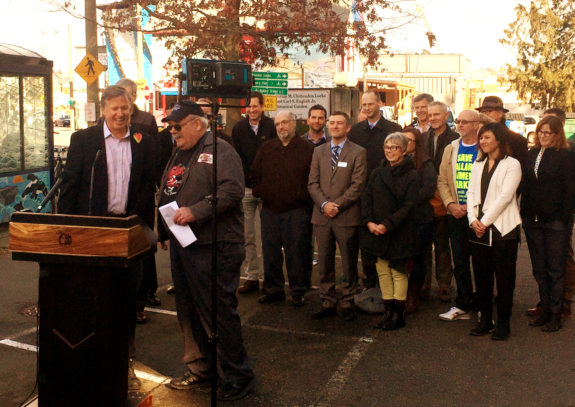
Many Seattle politicians have tried to be the one who finally brings people together to solve the Missing Link. Mayor Ed Murray was able to get trail opponents together to shake hands and smile back in 2017, but then the opponents went back on the deal and sued anyway. At this point, I think anything that is genuinely good and has momentum is worth considering. I think it makes sense for city leaders and bike advocates to wait for ongoing legal decisions to be finalized, assess the feasibility of the options, then move forward with something that can actually get done.

